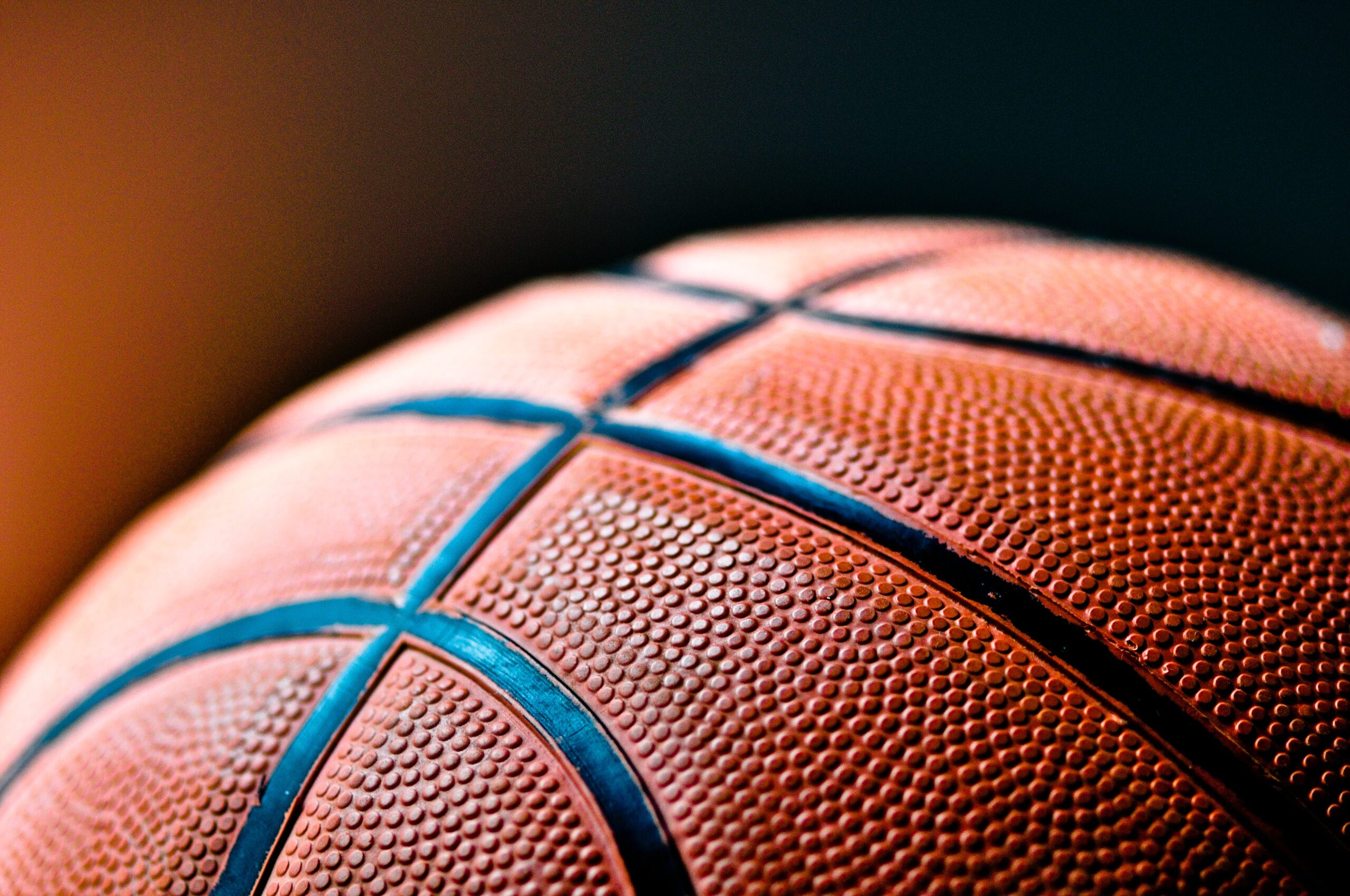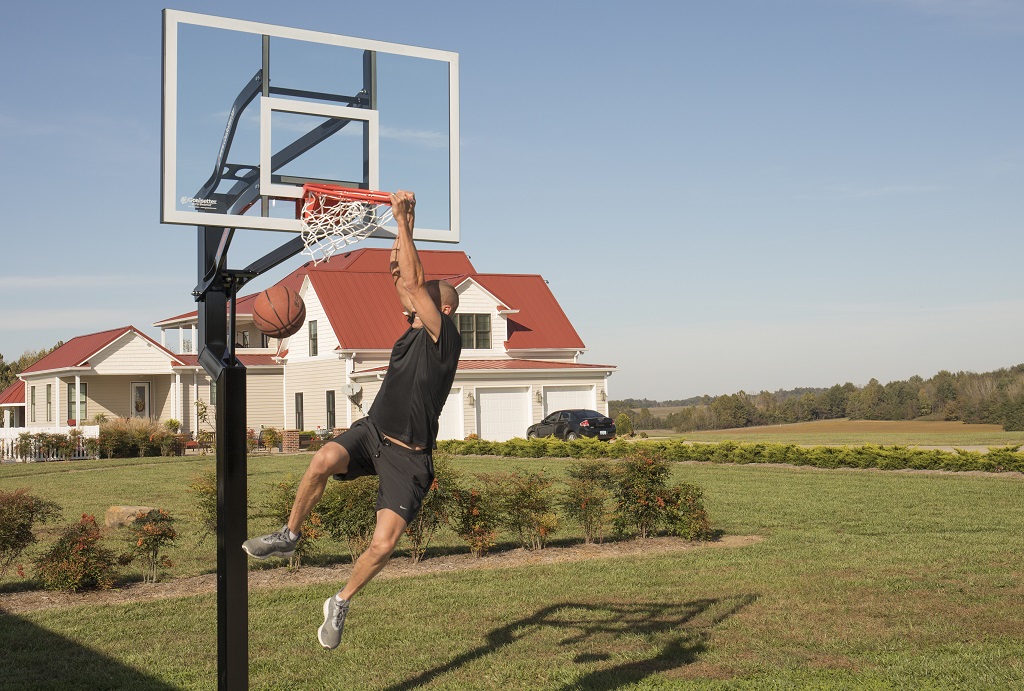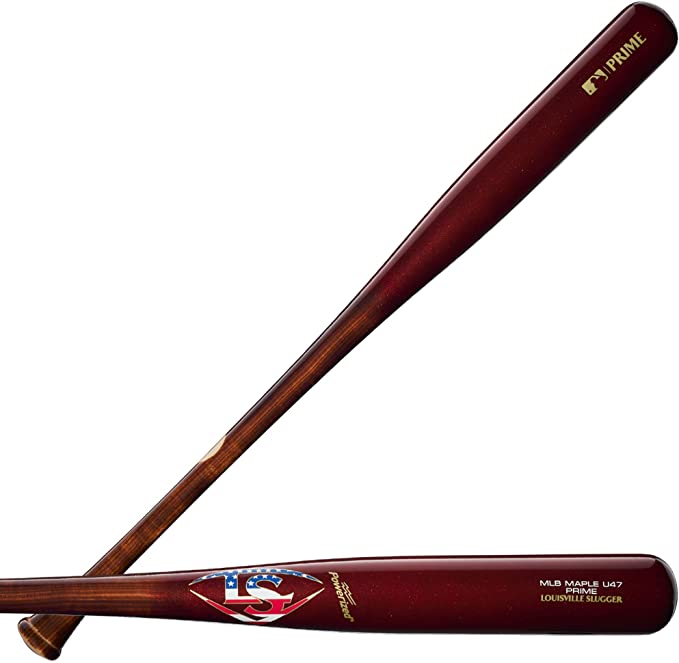Some basketball players are good at free throws, while others are bad at it. The athletes that are quite good at shooting free throws (also called foul shots) tend to dedicate a significant amount of their practice sessions to this specific type of shot.
Keep in mind that it’s almost impossible to stress the importance of free throws. That one point added from a foul shot might be enough for a team to win.
In this article, we discuss points to help you differentiate a good free throw from a bad one. Also, we’re going to dig deep on the reasons why some basketball players are good (or bad) in free throws.
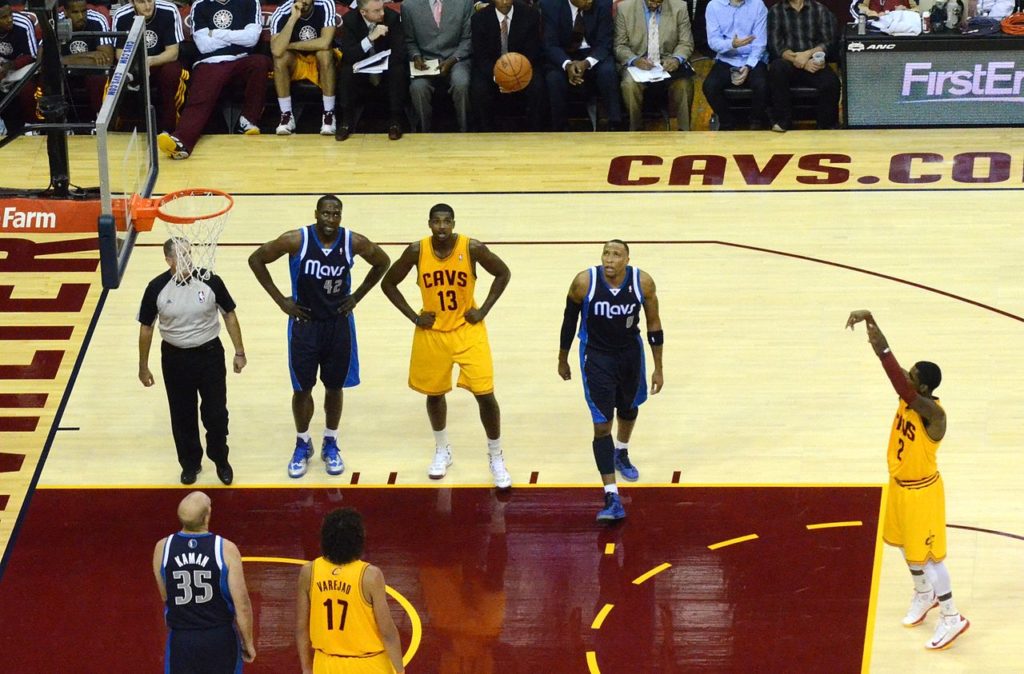
If someone asks you the question, “what is your definition of a good free throw,” perhaps you’ll reply with an answer like, “the one that goes through the basket.” Although you’re not technically wrong, many veteran basketball players still deem free-throw shooting as a unique skill.
Teams in the professional basketball team may require their players to have some degree of expertise in this skill. Some players might even find practicing free throws to be “boring” or “a waste of time.” It’s because training for free throws requires doing the same shot countless times. It’s because players need to value each opportunity given to them when they have the chance to shoot foul shots.
Watch a few basketball games, and you may distinguish good free throws from those chances that might be because of luck. Players that are also good free throw shooters are those with 70% or 80% rates of landing free throw shots. On the other spectrum, players that have below 70% rates of successfully making free throws might need some adjustments to their forms, routines, or internal thought processes.
How Basketball Players Become Good in Free Throws?
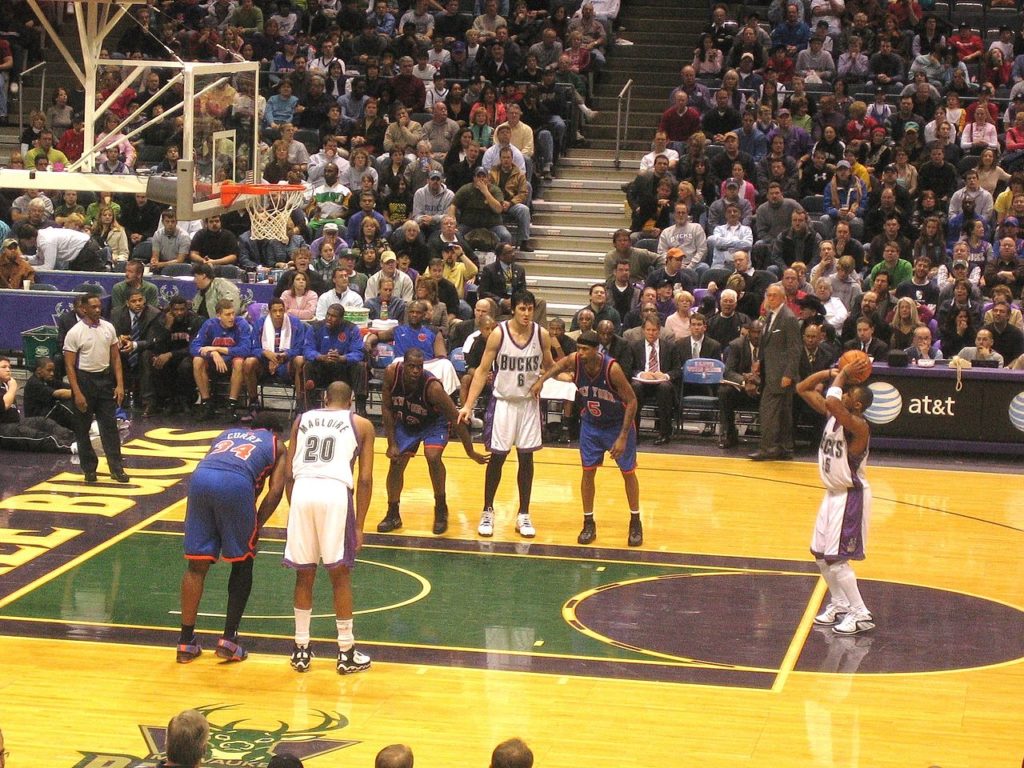
“Practice makes perfect.” This adage is still true when training to acquire a more than 80% success rate in landing free throws. Still, players shouldn’t forget about some essential factors that may help them improve their foul shot games. Some of these elements are:
1. Proper Positioning
Generally, good free throw shooters align themselves directly in front of the basketball hoop. But, players also need to notice that dot in the middle of the foul line. Thankfully, most basketball courts, including those in the NBA, have these dots, and they’re clear as day.
If a player doesn’t notice this dot, that individual might be off-center, causing him to have a high likelihood of missing the shot. It’s important to remember that this dot is directly 15’ at the rim’s center.
Once standing on the dot, basketball players now have options for their form. Some players like to stand with their dominant foot on top of the dot. Others might straddle the dot or stand a few feet to the side of this element.
At the end of the day, it’s about following the free-throw shooting rules while still staying true to personal preferences. So, it’s okay if you’re keen on shooting the ball while your foot is on top of the dot. It’s also okay to move slightly to the side of said dot if it helps increase your chances of making that shot.
2. Repetition
German theoretical physicist and the developer of the theory of relativity Albert Einstein once said:
“Insanity is doing the same thing over and over again and expecting different results.”
Therefore, practicing free throw shots while missing the basket frequently without changing the form or mindset might be equivalent to Einstein’s saying about insanity. Thus, players need to find habits that help them practice and perfect their styles of shooting foul shots.
For instance, some players may dribble the ball once before shooting. Other basketball athletes may dribble two or three times before attempting their shots. Other NBA players, like Jason Kidd, wind the ball around his back before making the free-throw shot.
You might wonder, “What’s the purpose of these habits?”
The answer to that question tends to be unique for each player. One NBA athlete might tell you that blowing a kiss to the audience before free-throwing is a way to calm the nerves. After all, foul shots tend to be nerve-wracking, particularly if the team needs the points from the free throws to catch up to opponents.
Remember, basketball games tend to be all about running, jumping, blocking, and making quick decisions. Then, the aura becomes tenser than before as players attempt free throws. At this moment, no one will stop that player from attempting a free shot (hence the name).
Hence, it’s in repetitive movements and constant practice that this specific moment becomes less nerve-wracking.
3. Confidence
Lawrence Peter “Yogi” Berra, a professional baseball catcher, once said:
“90% of this game is 50% mental.”
Of course, Berra was talking about baseball instead of basketball. Nonetheless, the same principle can be applied to the latter sport.
It can be quite challenging to stand at the free-throw line, especially when everyone in the court is looking at the player attempting the shot. The pressure of having all eyes directed to one person can make that athlete lose composure and confidence.
Thus, it’s also essential to note that shooting free throws still requires a good amount of self-confidence. Basketball players need to focus on themselves during this crucial time instead of faltering because of seemingly heavy eyes loom in the distance.
A player attempting free throws should think of nothing but the current task. That individual should believe that he can make that shot. Thinking about relatively anything else may increase the risks of the ball missing the basket, which might also increase the opposing team’s likelihood of winning.
Perhaps it’s also safe to say that doing free throws, regardless of the amount of time and effort spent on practicing the skill, isn’t a guaranteed shot. A slight whiff of the hand might make a veteran NBA player miss the basket. However, that athlete shouldn’t overanalyze the shot after a miss.
Kindly note that it’s still okay to miss some shots. Remember, basketball is a team effort. Ergo, if one player misses a free throw shot, the team may compensate for that missed attempt by implementing an ingenious play.
4. Drills
The right training regimen can help increase a player’s skill in landing free throws. However, don’t expect jumping and running exercises to benefit foul shooting significantly. Instead, here are some drills that players do to improve their free-throwing abilities:
+/-
The name of this drill is named as such because a player gains points for every successful free throw made. Then, that same individual loses a point if he misses a shot.
One basketball player or an entire group may participate in a +/- drill. But, rules need to be clear before this practice session starts.
For example, the rules imply that one player in a group needs to score five points. If he misses five shots, the next player takes his place. This drill can continue as long as needed.
20/0
Like the +/- drill, players or teams opting for the 20/0 training session will start with 10 points each. Players will reduce one point from their total score for each made shot. But, he will gain two points for each missed shot. The goal of this drill is to reach 0 points before reaching 20.
Who are the Best Free-Throw Shooters in NBA History?
Many free-throwers in NBA history aren’t as bad as Shaquille O’Neal’s free-throw record of 52.7%. Many basketball enthusiasts would even answer with O’Neal’s name when asked the question, “Why are some basketball players bad at free throws?” But, some players throughout the professional basketball league’s history have free-throw percentages above 70%. Some of these notable players are:
1. Rick Barry
At the time of writing, this 76-year-old ex-NBA player still holds one of the best records in shooting free throws. With a success rate of 89.3%, Barry provided his teams with several points from his foul shot attempts. The Golden State Warriors, Houston Rockets, Brooklyn Nets, and Oakland Oaks all benefited from those free throws.
Barry’s best record for providing his team with the most successful free throws was during the 1968-1969 season. At that time, he was with the Oakland Oaks, and his average free-throw points throughout the season were 11.1. However, his best season was in 1966-1967, as he scored an average of 35.6 points despite only 9.7 of those points coming from foul shots.
2. Ray Allen
Walter Ray Allen, also known as Sugar Ray, Ray-Ray, and Skinny Walt, this shooting guard for the Milwaukee Bucks, Boston Celtics, Oklahoma City Thunder, and Miami Heat won the hearts of many by scoring an average of 89.4% for all of his free throws throughout his NBA career.
Playing for 19 seasons, Allen contributed more free throw points than many NBA players during his time from 1996 to 2014. Albeit his teams take pride in this player’s guarding abilities, Allen also contributed many points from foul shots. His most successful season for his free-throwing career was during the 2006-2007 playoffs when he scored an average of 5.6 successful foul shots. It was also this season when he contributed the most points to the Thunder team in his entire NBA career.
3. Chauncey Billups
Like Allen, Chauncey Billups was quite the veteran in the NBA. He also played for 19 seasons from 1997. Further, Billups played for various teams, including the Minnesota Timberwolves, Denver Nuggets, and Detroit Pistons, which he played with the longest spanning eight seasons.
With a free-throw success percentage of 89.4%, Billups’ foul shot rate is no laughing matter. He even achieved one of his nicknames, “Mr. Big Shot,” as he would go on a free-throwing spree without any misses.
4. Peja Stojakovic
Hailing from Slavonska Pozega, Croatia, Peja Stojakovic first debuted as a professional NBA player on February 5, 1999. He would soon take the professional basketball scene by storm with his excellent performance on the court, especially during free throws.
Stojakovic’s best free-throw performance was during the 2003-2004 season as he gained an average of 4.9 points for free throws. Furthermore, his overall points for that same season was 24.2, which was the highest contribution to his overall career.
5. Mark Price
Dubbed the “OK Kid,” William Mark Price was the point guard for the Washington Wizards, Orlando Magic, Golden State Warriors, and Cleveland Cavaliers.
Price had an even higher free-throw percentage than Stojakovic as he had 90.4% of his foul shots making the basket. His best season in terms of his free throws was during the 1992-1993 season. His best season for contributing the most points to his team was during the 1989-1990 playoffs.
6. Steve Nash
Ex-NBA professional player now turned coach for the Brooklyn Nets had one of the best free-throw rates in the league’s history. With a success rate of 90.4%, crowds would breathe sighs of relief and teammates cheered at the benches once Nash took the free-throw line. With an average free-throw point of 2.8, Nash would dominate the foul shot line to the advantage of his partnered teams.
7. Steph Curry
Steph Curry is a professional NBA player with almost unmatched skill, charisma, and talent for the sport. Curry’s excellent ability to make free throws is uncanny. However, this specific skill might only be overshadowed by his superior stifling handles and three-point shooting prowess.
Nonetheless, Curry managed to make 90.6% of his free throws successful. Furthermore, 93.4% of his foul shots made their marks during the 2020-2021 season alone.
Final Words
Good free-throwers in basketball dedicate a significant portion of their training sessions by practicing their foul shots. NBA players, like Steve Nash and Mark Price, may spend countless hours in front of basketball hoops. During these times, these players practice perfecting that ideal free-throwing form.
These athletes also understand that free throws aren’t always physical ordeals. These shots also require psychological and emotional clarity, which might otherwise be more challenging than average to non-seasoned players.


